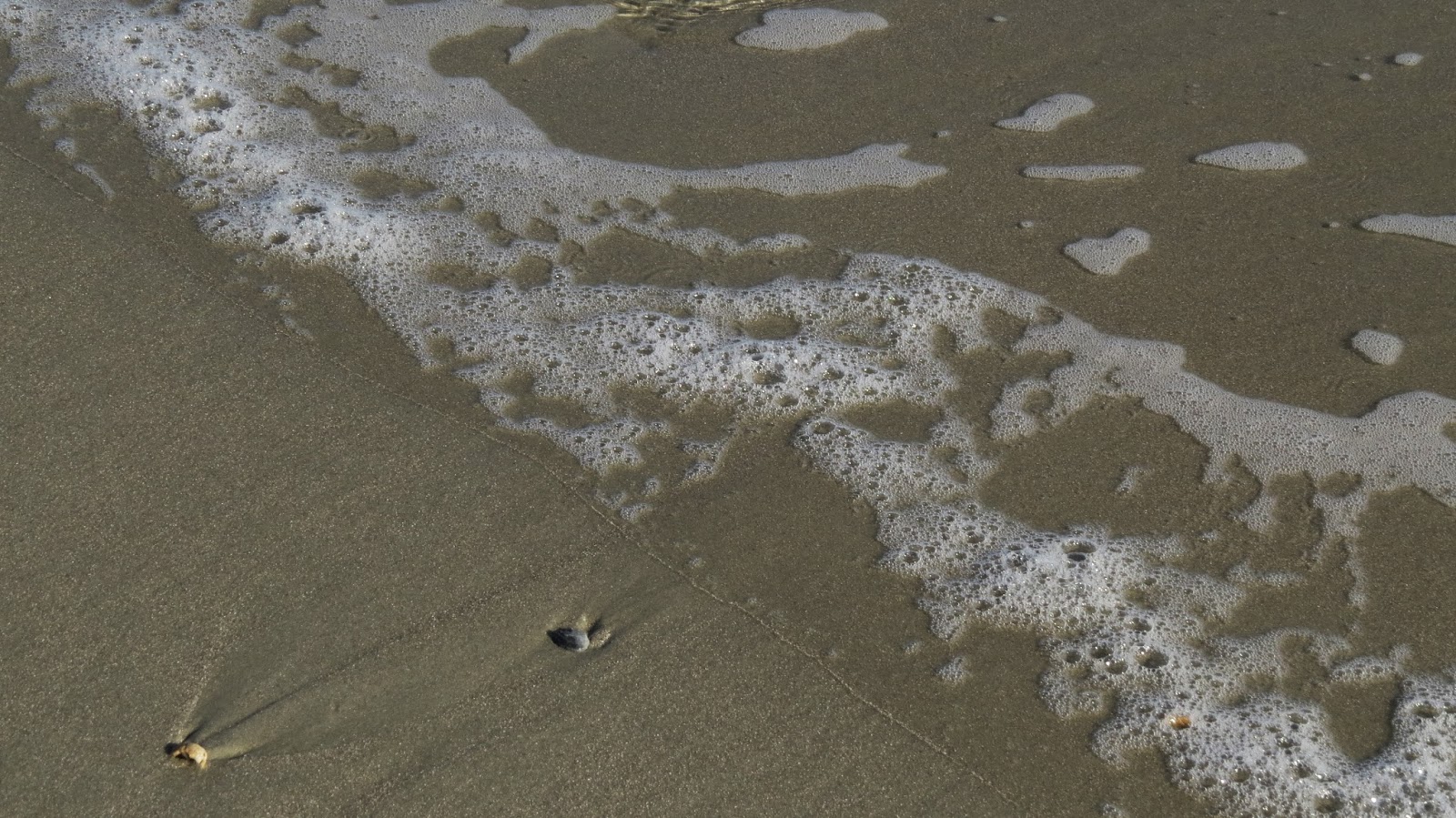Sunday, February 9, 2014 Huntingdon Beach State Park South Carolina. Sunny, Breezy, high 50's
This Park, near Myrtle Beach, is a must for the ecologist or ornithologist. It is located on US 17, just south of Murrell's Inlet. For $5, you have access to fine trails, lovely beach, and the finest example of a Spartina Salt Marsh I have seen. My first ecology course at McGill University used a textbook written by Georgia Professor E P Odum, whose research on Spartina salt marshes proved them to be the most biologically productive ecosystems on our continent. Therefore, visiting such a fine example does close the circle for me. Along with Spartina, local volunteers have worked to re-introduce the natural kidneys of the Salt Marsh: Oysters.
 |
| Spartina Salt Marsh (Myrtle Beach in background) |
I then finished my day with a ducky time, after going to the education center, and finding Carolina Chickadees, Cardinals, and this Tufted TItmouse at the feeder, and, the ubiquitous Yellow-rumped Warbler at the bath:
Duck-phasmagoria (pick out the (Jon) Ruddy Duck:
 |
| Ruddy Duck |
 |
| Ring-Necked |
 |
| Four Species (which one is the Redhead?) |
Thanks again, Jack. We hope to see you adding to the checklist soon!














No comments:
Post a Comment
Help with "Comments"
1) Click on "Comments" at the end of the blog entry that you wish to comment on.
2) Type your comment in the field provided.
3) Under your comment choose "Name/URL". Type your name (first and/or last names) in the box provided. Choosing "Name/URL" will ensure that you do not need to "register" before leaving a comment.
4) Click "Preview" to see how your comment will look on the site if you wish, otherwise skip to step 5.
5) Click "Publish" to submit your comment.
Please note that all comments are moderated so I will review them before they are published.
I look forward to receiving your comments.